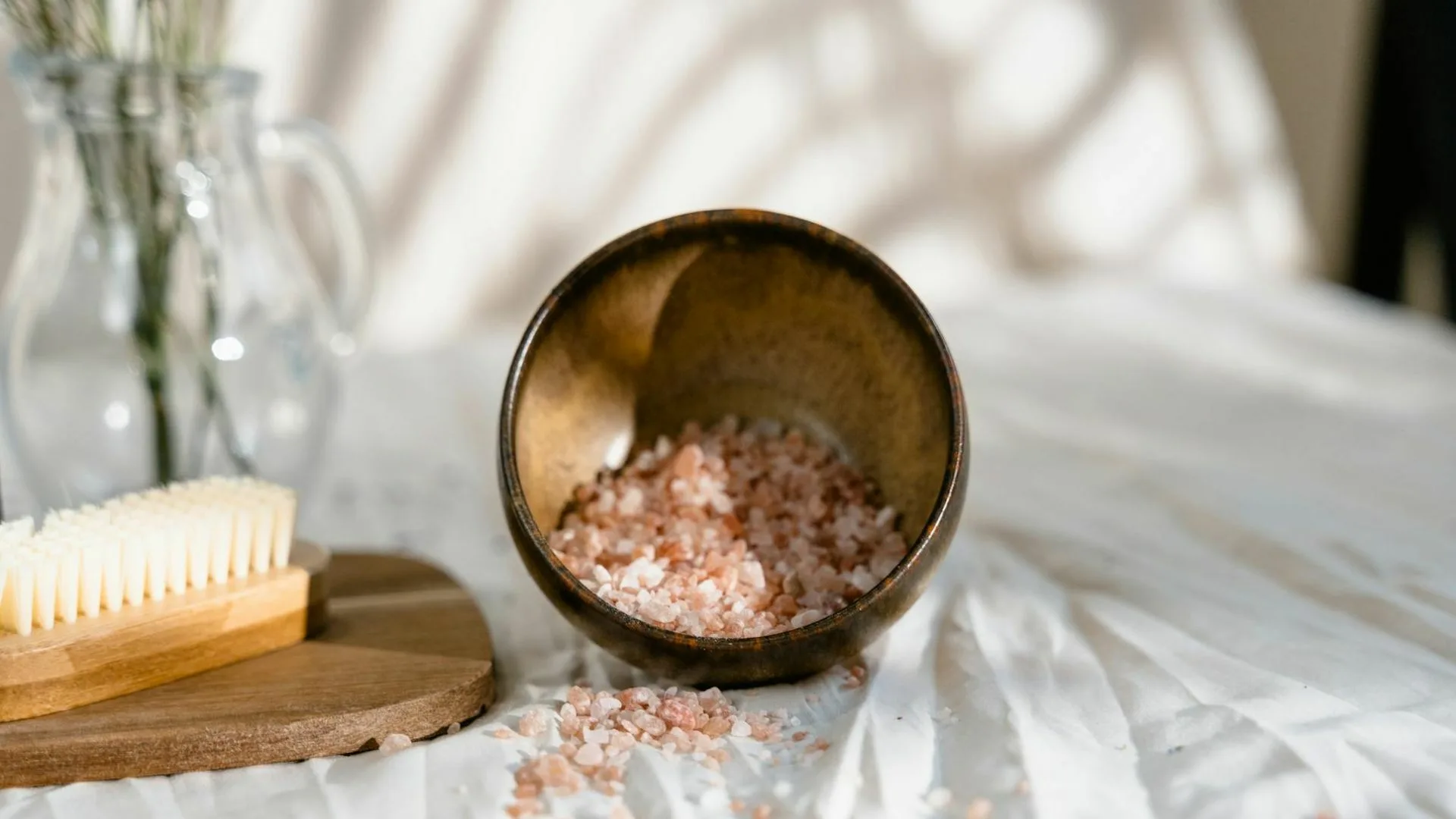Halotherapy—also known as salt therapy—is becoming a popular wellness practice for those seeking natural ways of healing. A growing number of people are looking to strengthen their respiratory system, calm their nerves, and take better care of their skin – and this is one of the ways. But what happens during a halotherapy session? And is there real value in breathing in salt-infused air? This article dives into the history, science, and personal experience behind this ancient-meets-modern wellness ritual. If you’ve ever wondered what it’s like to sit in a room made of salt, surrounded by a quiet hush and softly glowing walls, you’re not alone.
More: Detox symptoms: Signs detox is working
What is halotherapy?
At its core, halotherapy is the practice of inhaling microscopic particles of dry salt in a controlled setting—usually a salt room or cave designed to mimic natural salt mines. These rooms come in two forms: active and passive. In active salt rooms, a halogenerator grinds pharmaceutical-grade salt into a fine aerosol and disperses it into the air. In passive rooms, the salt itself lines the walls and floor, creating a serene atmosphere without active dispersion.
Unlike salt baths or saline sprays, halotherapy uses dry salt, which can penetrate deeper into the lungs and skin. The goal is to clear the airways, reduce inflammation, and bring the body into a relaxed state.
More: The role of rest and recovery in fitness
A brief history of halotherapy
The roots of halotherapy go back to Eastern Europe, where monks noticed that people who spent time in salt caves often experienced relief from breathing difficulties. In 1843, a Polish physician named Dr. Feliks Boczkowski documented that salt mine workers rarely suffered from respiratory conditions, laying the foundation for modern therapeutic salt rooms.
Since then, halotherapy has evolved into a spa-like experience—designed not only for healing but for calmness, introspection, and reconnection with the breath.
How do salt rooms work?
Salt rooms are designed to replicate the microclimate of natural salt caves. Here’s how they differ:
Active salt rooms
These rooms use halogenerators to grind and circulate dry salt particles into the air. The fine particles reach deep into the lungs, helping to clear mucus, reduce inflammation, and ease breathing.
Passive salt rooms
These spaces are typically covered in Himalayan salt bricks or loose salt on the floor. While they do not emit salt particles actively, their calm environment supports relaxation, meditation, and subtle energetic shifts.


The benefits of halotherapy
- Respiratory health
Halotherapy is most commonly used to help manage respiratory issues such as asthma, bronchitis, sinusitis, COPD, seasonal allergies, and even the common cold. The salt acts as both an anti-inflammatory and antimicrobial agent, helping to reduce swelling in the airways and thin mucus so it can be expelled more easily.
- Skin conditions
Dry salt is known to support skin barrier function and reduce inflammation. People with eczema, acne, psoriasis, or dermatitis often report improvement in symptoms after multiple sessions.
- Stress reduction and mental clarity
Beyond physical wellness, many people seek halotherapy for its psychological benefits. The environment—dim lighting, stillness, and rhythmic breathing—can calm the nervous system and promote a meditative state. Many report a greater sense of clarity and emotional balance after a session.
More: Forest bathing as a natural therapy to reduce stress
What to expect in a salt room
A typical halotherapy session lasts between 30 to 60 minutes. Visitors sit or recline in a quiet, softly lit room, often surrounded by salt-covered walls and floors. There is no need to remove clothing, though light, breathable fabric is ideal. You simply breathe.
Many people notice an improvement in their breathing during or shortly after a session. Others describe the experience as grounding, peaceful, and mentally refreshing.
More: Achieve your purpose with a mindful coach
Are there any risks?
For most healthy individuals, halotherapy is considered safe. However, there are a few considerations:
- Some people may experience mild throat irritation or coughing during their first session, especially if they have sensitive lungs.
- Rarely, dry skin or eye discomfort can occur.
- Halotherapy is not recommended for individuals with active infections, open wounds, or certain cardiovascular conditions.
- Those with severe asthma or respiratory disease should consult a physician before participating.
More: Acidic vs. alkaline: Balance in health and environment
Does science support it?
While many people swear by the benefits of halotherapy, scientific consensus is still forming. Some clinical studies have shown positive results—particularly in the treatment of chronic bronchitis and skin conditions—while others point out the need for more rigorous, large-scale research.
That said, halotherapy is often viewed as a complementary practice. It is not a replacement for medical treatment but may offer meaningful support when used alongside conventional care.
Tips for getting the most out of your session:
- Stay well hydrated before and after.
- Arrive early to settle in and fully absorb the calming environment.
- Avoid strong perfumes or lotions that may interfere with salt absorption.
- Keep your breath slow and steady—your body knows what to do.
Halotherapy is more than just a trend—it’s a quiet invitation to return to something ancient and elemental. Whether you’re seeking relief from a health condition or simply a space to breathe and reset, a salt room offers a pause from the pace of daily life.
It may not be a miracle cure, but for many, halotherapy is a gentle yet powerful addition to a holistic wellness path.
Sources: Cleveland Clinic , WebMD













